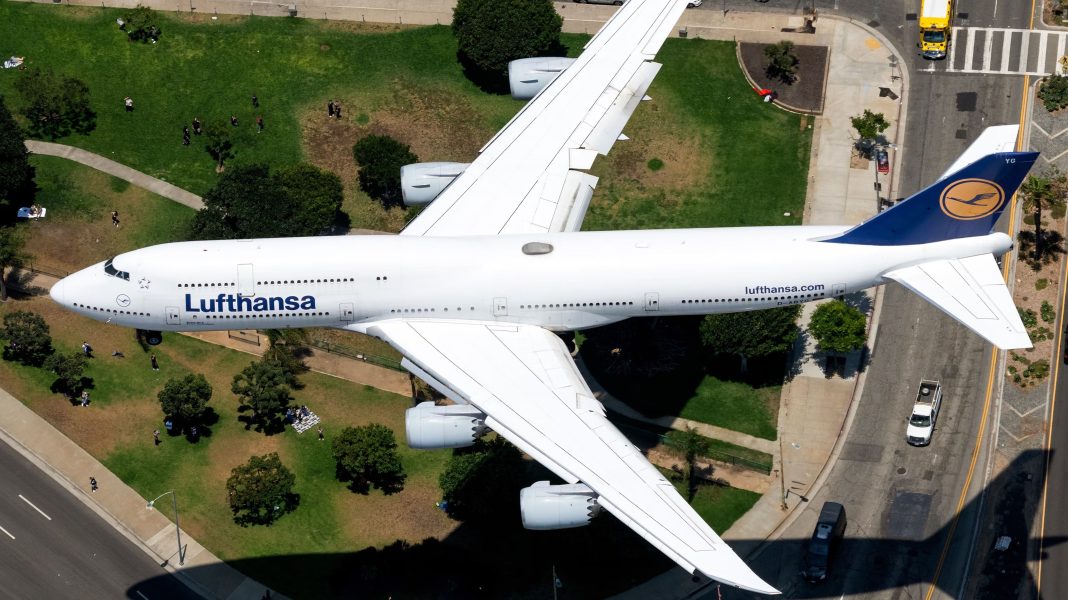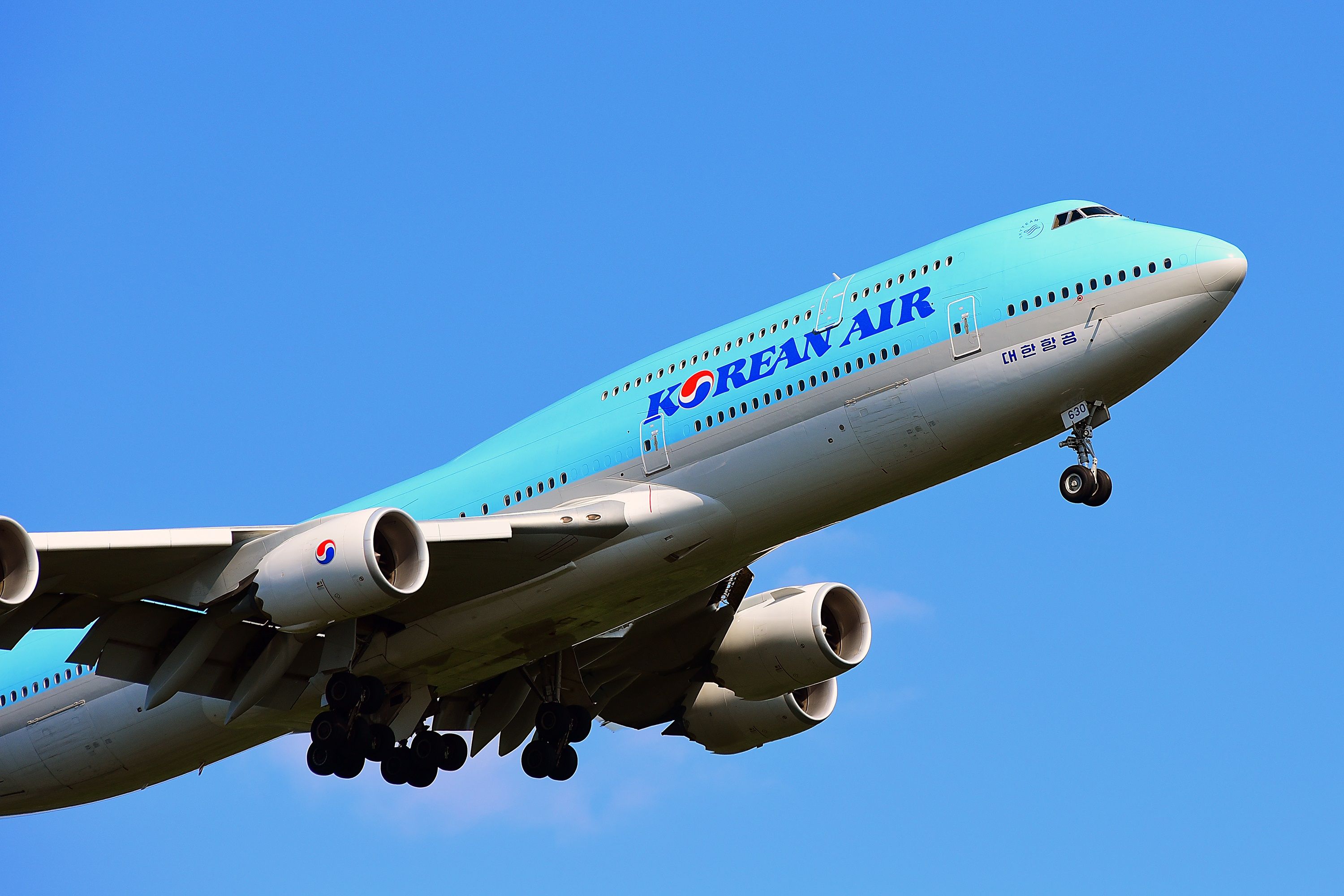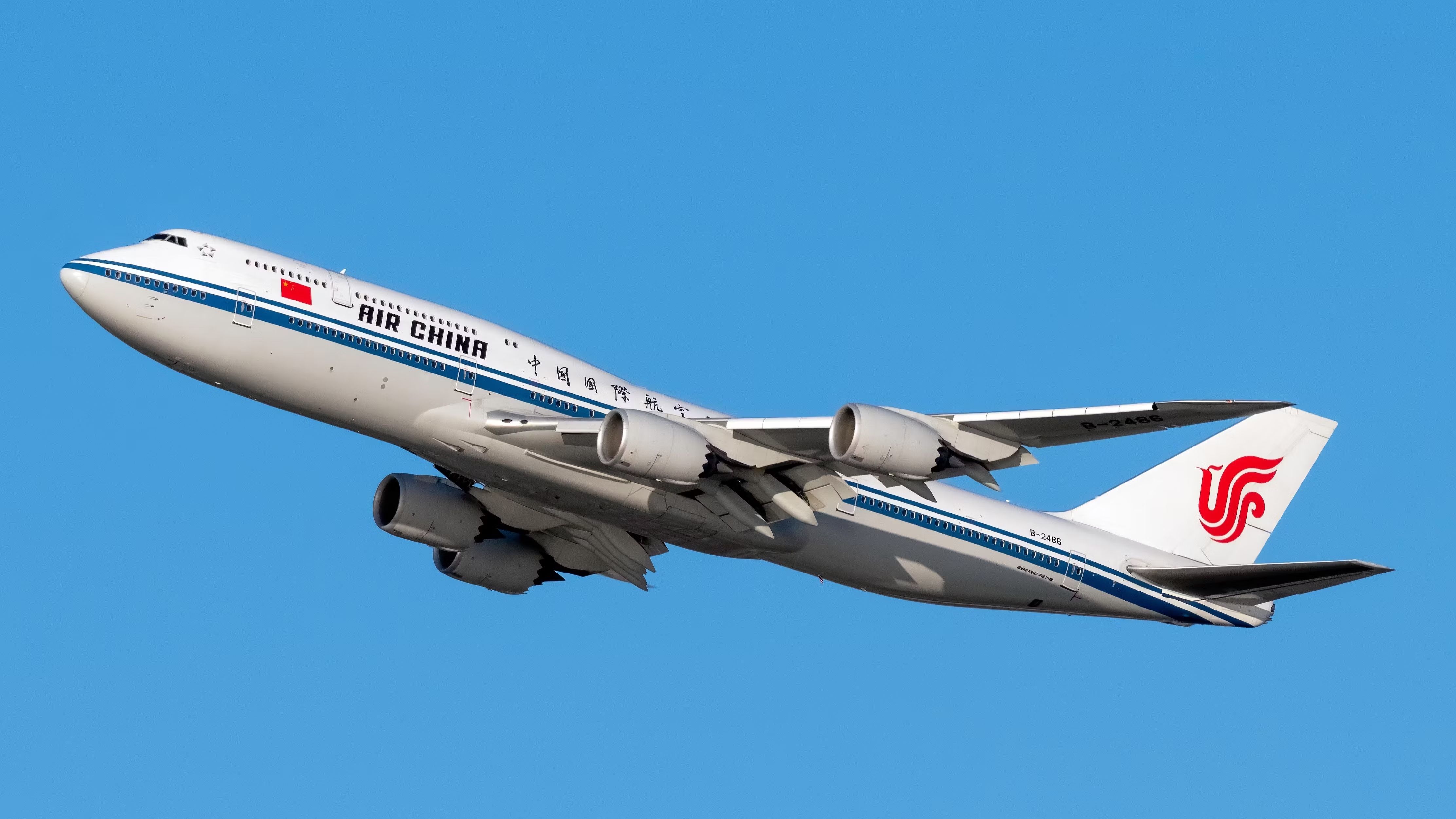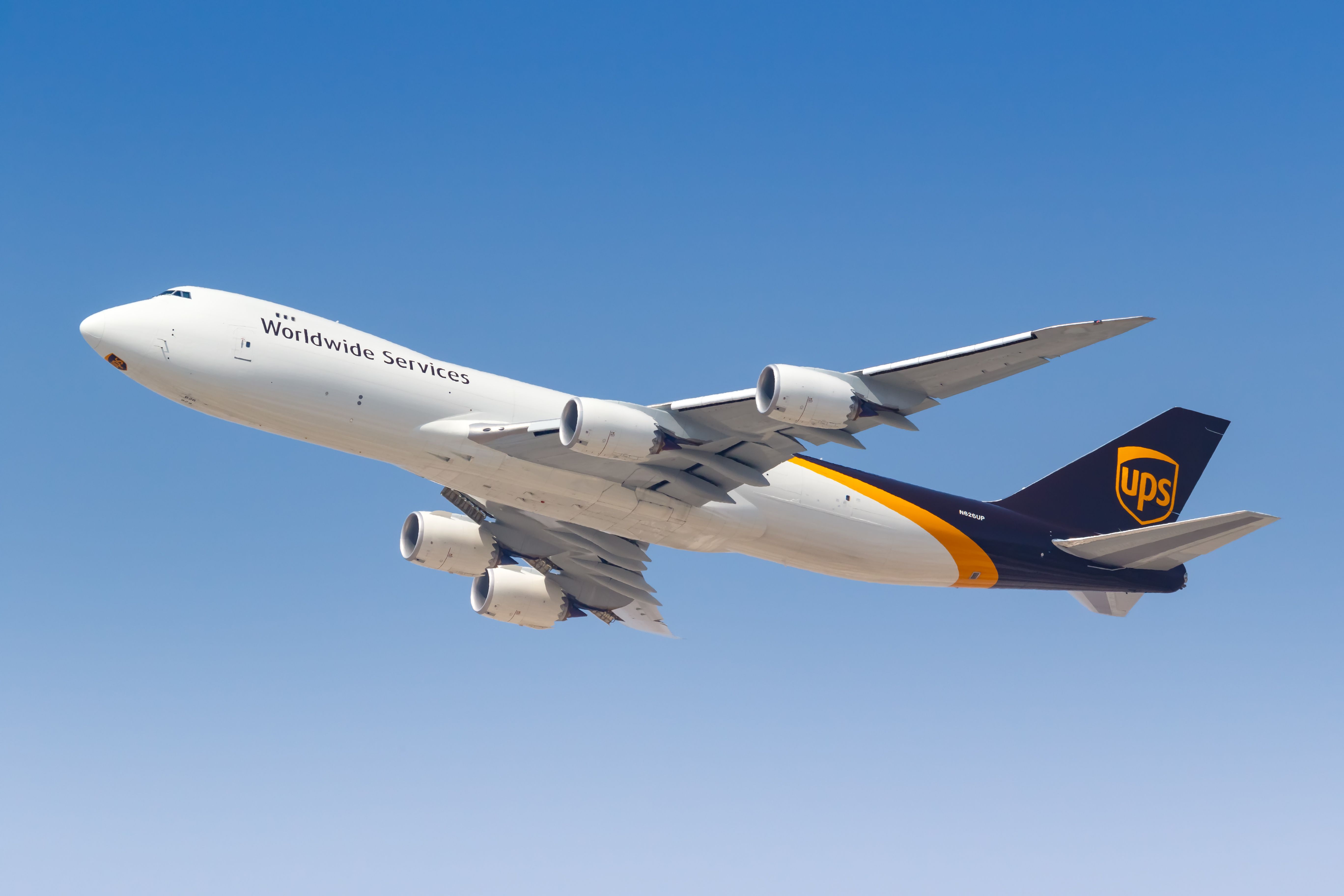Summary
- The Boeing 747-8 was not as successful in terms of sales compared to previous generations, but it was a strategic move for Boeing to compete with Airbus.
- The goal of producing the 747-8I was to prevent domination by Airbus in the jumbo jet market, forcing Airbus to expend more resources on the A380 program.
- The Boeing 747-8F is the highest-capacity freighter in the world, leading the market and leaving Airbus unable to compete in the freighter space.
Twelve years ago this month, Boeing introduced the 747-8, the newest and final variant of the legendary jumbo jet. Initially entering service as a freighter (the 747-8F) with Cargolux on 12 October 2011, the jet eventually entered commercial service with Lufthansa in 2012 as the 747-8I.
Throughout its production period, from 2008-2023, 155 747-8 aircraft were produced and will likely serve their operators well into the 2030s. Despite this, the 747-8 is most often deemed a commercial failure, selling far fewer aircraft than the former generations of the jet did. Nearly 700 Boeing 747-400 jets were produced, alongside nearly 400 -200 and -300 jets (combined) and over 200 of the original 747-100.
Photo: Vytautas Kielaitis | Shutterstock
Despite the lowest commercial sales of all major 747 variant generations, the 747-8 was a smart strategic choice for Boeing. By producing this jet, which required relatively little effort, the US-based planemaker competed with Airbus’ superjumbo in the commercial space and became one of the undisputed leaders in air freight.
A strategic roadblock for Airbus
From a higher-level perspective, we can notice that the Airbus A380 sold over 250 passenger units and was ordered by a variety of airlines across the globe. The Boeing 747-8I, by contrast, only saw 48 orders and only ever entered service with three airlines: Korean Air, Lufthansa, and Air China. It is reasonably safe to say that in the commercial space, the 747-8I was ultimately less popular than the Airbus A380.
Photo: Vincenzo Pace | Simple Flying
But for Boeing, the goal of producing the 747-8I was not necessarily to control the jumbo jet market but rather to compete with Airbus and prevent domination in this sector. With a strong offering in the Boeing 747-8, the Airbus A380 had a serious competitor, and the European manufacturer had to expend significant time, money, and effort to compete with the Boeing jet.
Putting a majority of its resources into the A380 program prevented Airbus from pushing further forward in other sectors, likely leading to the success of the 787 in comparison to the A330neo in the 240-300 seat market.
Still, a valuable statistic that demonstrates why the 747-8I was a smart strategic move for Boeing despite the A380’s increased sales is to examine how much money each company spent developing each aircraft. Boeing, for instance, only spent $4 billion developing the 747-8I, while Airbus spent nearly $16 billion developing the superjumbo. Across the board, Boeing spent less and forced Airbus to concentrate its resources on the A380 program.
A leader in air freight
Besides the Ukrainian-built An-124 (and the now-destroyed An-225), the Boeing 747-8F is the world’s highest-capacity freighter, with a total capacity of over 132,000 kg. Unsurprisingly, the jet proved popular with freighter operators, with over 100 orders from more than 10 different airlines.
Photo: Markus Mainka | Shutterstock
In the freighter space, Airbus simply couldn’t compete, as the A380 was not a capable freighter, and nothing else in the manufacturer’s lineup could match the 747-8F’s incredible combination of capacity and range. Not only did Boeing compete with Airbus following the introduction of a passenger 747-8, but the freighter version of the aircraft still dominates the market as one of the most capacious cargo aircraft today.
[ad_2]
Source link





